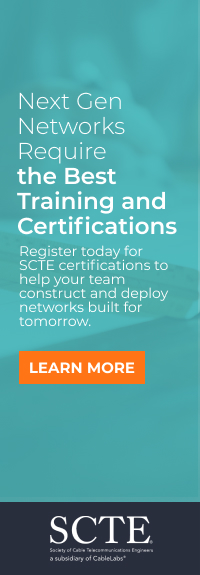AI’s Frenetic Pace and its Impact on
Data Center Optimization
Revolutionary Cooling and
Thermal Management
Industry experts predict distinct adoption phases: single-phase cold plate technology is scaling rapidly in 2025, while immersion cooling technology is expected to reach its inflection point around 2028. This staged evolution reflects the industry's need for immediate solutions while developing more advanced thermal management approaches.
The combination of intelligent power management and efficient cooling systems directly supports sustainability goals. Nickel-zinc-based power systems used to mitigate GPU power spikes can help data center operators manage their energy usage to meet their Scope 2 targets while reducing the embodied carbon in their infrastructure (i.e., Scope 3 carbon reduction).
Intelligent Orchestration: AI Managing AI
The complexity and speed of AI workloads demand automated management systems that operate at machine speed. AI-powered orchestration platforms continuously monitor power usage, thermal output, and computational load to make real-time resource allocation decisions.
Google's deployment of DeepMind AI to optimize data center cooling demonstrates the power of integrated infrastructure solutions. The system uses deep neural networks trained on historical data from thousands of sensors monitoring temperatures, power consumption, pump speeds, and operational setpoints. Rather than simply reacting to conditions, the AI predicts future temperature and pressure changes over the next hour while optimizing for Power Usage Effectiveness (PUE).
The results were dramatic: a 40% reduction in cooling energy consumption and a 15% reduction in overall PUE overhead. The system achieved the lowest PUE levels the facility had ever recorded. This implementation exemplifies how intelligent orchestration platforms can manage complex interactions between power systems, thermal management, and environmental conditions – transforming reactive operations into predictive optimization that adapts continuously to changing demands.
Modern platforms consider multiple variables simultaneously: electricity pricing, renewable energy availability, and weather forecasts. Systems automatically shift intensive tasks to periods of abundant renewable energy or relocate heat-generating workloads during extreme weather. This predictive capability transforms data center operations from reactive troubleshooting to proactive optimization.
For AI workloads with unpredictable demand patterns, this automated intelligence proves essential – human operators cannot match the speed and complexity required for real-time optimization across dozens of operational variables.
Dynamic Resource Allocation
AI workloads vary dramatically: Large Language Model (LLM) training demands massive parallel processing for extended periods, while real-time inference needs immediate response with lower sustained loads. Edge AI requires distributed processing; research workloads need experimental configurations. The rise of edge AI applications compounds these challenges, requiring distributed processing capabilities that can handle AI workloads across multiple locations while maintaining consistent performance and power efficiency standards.
GPU virtualization allows single physical GPUs to be shared among multiple applications, dramatically improving utilization rates. When AI model training completes, resources immediately reallocate to inference tasks or other applications without physical modifications. This flexibility proves essential as demand fluctuates with seasonal patterns, model releases, and business cycles.
The economic benefits are compelling: operators deliver more AI services from existing infrastructure, improving profitability while reducing environmental impact per computation unit. However, virtualization creates more unpredictable power demands as multiple workloads share physical resources – reinforcing the need for intelligent power management systems that respond to rapid changes in real-time.
Redefining Redundancy for Dynamic Workloads
Traditional data center infrastructure design assumes predictable, steady-state workloads with consistent power consumption patterns. AI workloads fundamentally challenge these assumptions. Unlike traditional computing loads that maintain



















